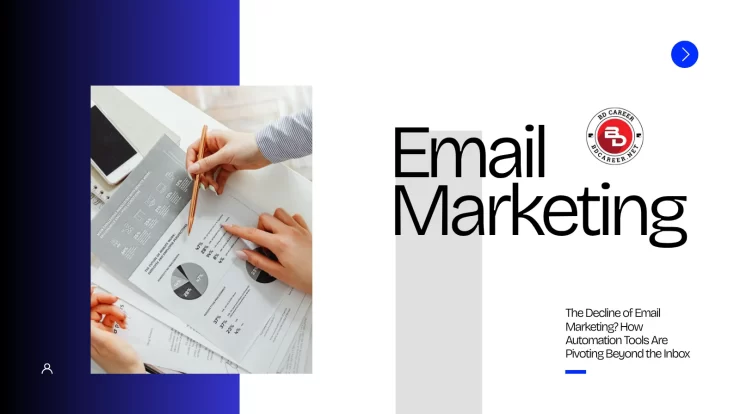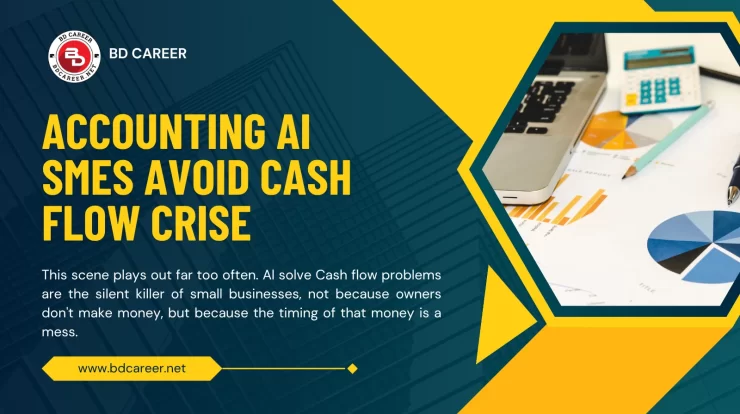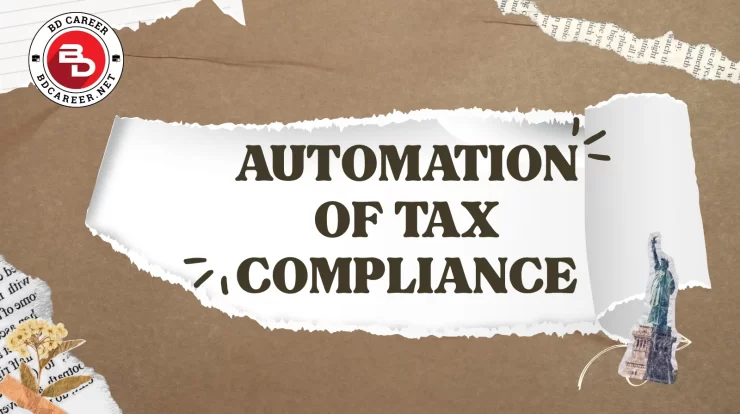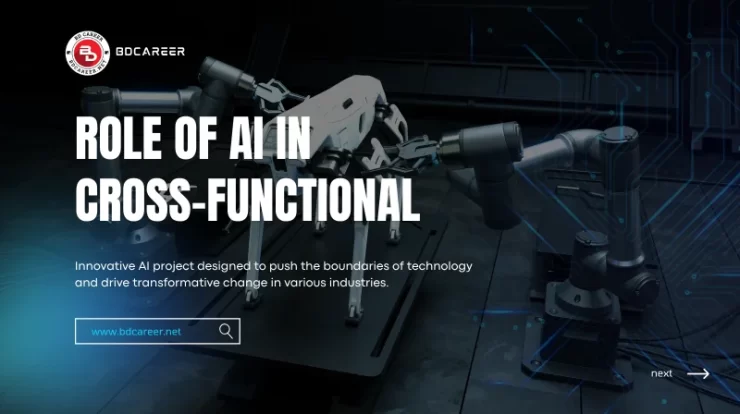
Business leaders today have access to more data than ever before. From sales funnels and operational metrics to customer sentiment and financial reports, dashboards flood decision-makers with colourful charts and endless KPIs. Yet despite this wealth of information, companies still struggle to turn data into decisions. Why? Because dashboards, on their own, rarely tell a story. They inform, but they don’t persuade. They display metrics, but they don’t create meaning.
This is where data storytelling enters the picture, a fusion of analytics, visualisation, and narrative that transforms raw data into actionable insights. Modern business intelligence (BI) is no longer just about tracking performance. It’s about communicating insights that spark strategy, alignment, and impact.
Contents
- Why Dashboards Alone Aren’t Enough
- What Is Data Storytelling?
- The Shift From Dashboards to Decision-Making
- Core Components of Effective Data Storytelling
- Tools Enhancing BI Storytelling
- Challenges in Data Storytelling
- Best Practices for Turning Dashboards Into Decisions
- Case Study: Turning Monthly KPIs Into Strategy
- The Future of BI Storytelling
- Conclusion
Why Dashboards Alone Aren’t Enough
For years, organisations have relied on dashboards as the backbone of their analytics efforts. These dashboards often contain dozens of charts and hundreds of data points, yet executives still ask, “What does this mean?” or “What should we do now?”
The challenge isn’t lack of data—it’s lack of clarity. Analysts know how to interpret metrics, but executives need simplified stories that guide decision-making. Data storytelling bridges this gap, turning complex visualisations into strategic narratives.
In today’s fast-paced business landscape, data cannot sit idly in a dashboard. It needs to drive boardroom conversations.
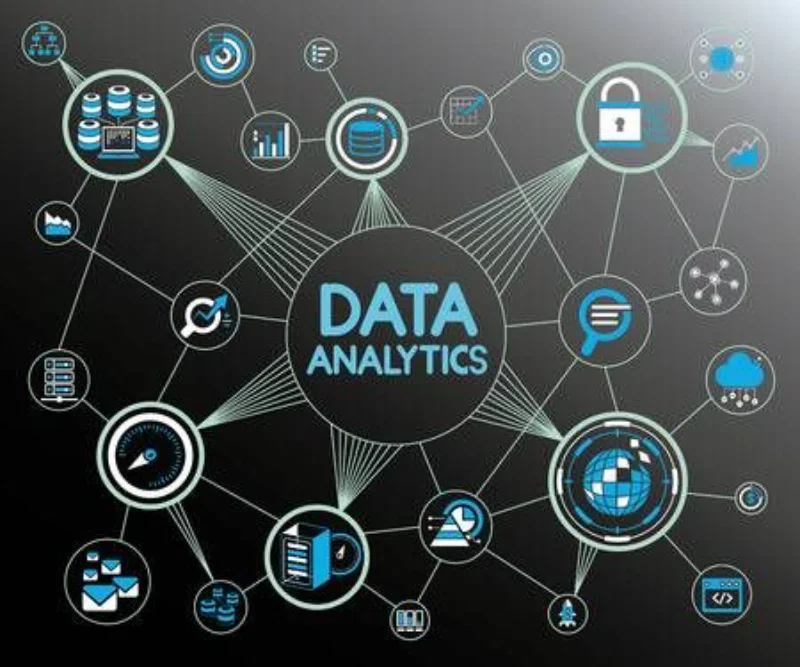
What Is Data Storytelling?
Data storytelling combines three elements:
- Narrative – A clear message or storyline
- Visuals – Charts, graphs, and dashboards
- Insights – Interpretation and action points
Without narrative, dashboards become collections of disconnected visuals. Without visuals, narratives lack evidence. Without insights, both fall flat.
Traditional reporting focuses on what happened. Data storytelling adds deeper layers:
- Why did it happen?
- What does it mean?
- What happens next?
Storytelling connects the dots, showing trends, changes, risks, and opportunities in a way leaders can immediately understand and act upon.
The Shift From Dashboards to Decision-Making
Modern BI has evolved from static dashboards to dynamic, insight-driven platforms that enable real-time decision-making. The shift is driven by several business needs:
1. Executives Need Less Noise, Not More Data
High-level decision-makers don’t want complex charts—they want clarity. A well-crafted narrative reduces cognitive load and highlights what matters most.
2. Dashboards Are Often Too Static
Traditional dashboards may show metrics, but rarely adapt to context or user roles. Modern BI tools personalise insight delivery based on audience needs.
3. Predictive and Prescriptive Analytics Are Becoming Mainstream
Dashboards have evolved beyond descriptive analytics. Today’s BI solutions incorporate:
- Forecasting
- Scenario modelling
- Automated insights
- What-if analysis
This transforms dashboards into tools that show not just where things stand—but where they are heading and what levers leaders can pull.

Core Components of Effective Data Storytelling
Creating powerful data stories involves the right balance of structure, visuals, and context.
1. Clear Narrative Structure
Like any good story, a data story has:
- Beginning: What is the situation?
- Conflict: What’s the challenge or trend?
- Resolution: What action should be taken?
A coherent storyline ensures the data leads to a meaningful conclusion.
2. Right Visualisations
Not all charts are created equal. The right visualisation reinforces the message:
- Line charts: trends
- Bar charts: comparisons
- Scatter plots: correlations
- Maps: geographic patterns
- Funnel charts: conversion flows
Choosing the wrong chart can distort insights or confuse stakeholders.
3. Actionable Insights
Good storytelling goes beyond data display. It highlights recommended actions. For example:
Not enough:
“Sales dropped 12% last quarter.”
Better:
“Sales dropped 12% last quarter due to customer churn in APAC. Focusing on retention campaigns could recover 6–8% of lost revenue.”
Actionable insights drive outcomes, not just awareness.
4. Audience-Centric Framing
Different executives need different stories:
- CEO: overall performance and strategic direction
- CFO: financial health
- COO: operational efficiency
- CMO: customer and campaign analysis
Tailoring the message ensures relevance and engagement.
5. Interactive Exploration
Storytelling doesn’t mean static slides. With BI, interactivity allows stakeholders to:
- Drill down from summary to detail
- Filter by region or customer segment
- Run what-if scenarios
- Explore anomalies
Interactive storytelling enables decision-makers to explore insights on their own terms.
Tools Enhancing BI Storytelling
The digital ecosystem supporting BI storytelling continues to expand. Leading tools include:
- Power BI
- Tableau
- Qlik
- Looker
- ThoughtSpot
These platforms integrate:
- Natural-language queries (NLQ)
- Automated insights
- AI-driven recommendations
- Predictive modelling
- Customizable storyboards
Executives can now ask questions like “What caused revenue to dip in Q2?” and receive instant visual explanations.
Storytelling layers—annotations, contextual text, embedded analytics—make insights digestible without losing depth.
Challenges in Data Storytelling
Even with advanced tools, many organisations struggle to transform data into stories that influence decisions. The main challenges include:
1. Too Much Data, Not Enough Story
Executives get overwhelmed with dashboards that lack narrative flow.
2. Misalignment Between Analysts and Leaders
Analysts prioritise accuracy. Leaders prioritise clarity and direction. This disconnect can lead to miscommunication.
3. Poor Visualisation Choices
A common mistake is using flashy visuals instead of meaningful ones, leading to aesthetics over insight.
4. KPI Overload
More metrics do not mean better insights. In fact, organisations often drown in dashboards overloaded with irrelevant KPIs.
5. Lack of Data Literacy
If users cannot interpret the visuals, even the best dashboards fail. Data literacy initiatives help close this knowledge gap.

Best Practices for Turning Dashboards Into Decisions
To create impactful data stories, organisations need strategic guidance.
1. Start With the Business Question
Every story should start with a question like:
- Why is churn increasing?
- Which marketing channels drive ROI?
- Where are we losing efficiency?
Data selection should follow the question, not the other way around.
2. Prioritise Clarity Over Complexity
A simple bar chart that communicates a trend is often more powerful than a complex multi-layered visualisation.
3. Use Fewer Metrics
Focus on the KPIs that truly drive performance. Eliminate noise.
4. Highlight the “So What?”
Insights must be framed with impact:
- So what does this trend mean?
- So what should the company do next?
5. Include Recommendations
Storytelling is incomplete without direction:
- Increase investment
- Pivot strategy
- Adjust pricing
- Improve customer experience
- Focus on retention
6. Make Storytelling a Cultural Practice
Embedding storytelling in BI workflows encourages repeatable and sustainable decision-making.
Case Study: Turning Monthly KPIs Into Strategy
Consider a manufacturing company that relied on static monthly KPI dashboards. The dashboards showed dozens of metrics—inventory levels, production output, defect rates, and supply chain delays. However, leadership was still confused about performance trends.
What changed?
The analytics team introduced a storytelling framework:
- Highlighted three core KPIs
- Added narrative insights beneath each visual
- Introduced a root-cause section
- Used scenario modelling for strategic options
Results:
- Monthly executive meetings became more focused
- Leaders made decisions faster
- Operational bottlenecks were identified earlier
- Revenue forecasting became more accurate
In less than six months, the company moved from reactive decision-making to proactive planning.
The Future of BI Storytelling
As AI and machine learning advance, storytelling in BI becomes more automated and intuitive.
Trends shaping the future:
- AI-generated narratives: dashboards will explain themselves
- Voice-driven analytics: executives will ask, “What’s our profit outlook?” and receive conversational answers
- Integration with collaboration tools: Slack, Teams, Notion
- Real-time decision intelligence: insights delivered exactly when needed
Storytelling will no longer be a separate layer—it will be embedded directly into BI systems.
Conclusion
Data storytelling is no longer optional, it’s essential. Dashboards alone cannot drive boardroom decisions. Organisations that master narrative-driven BI can:
- Align teams around a shared understanding
- Accelerate decision-making
- Surface hidden opportunities
- Predict future outcomes
- Strengthen strategic execution
In the modern business landscape, data is abundant. Insight is optional. Storytelling is the bridge that turns information into action. By transforming dashboards into strategic narratives, companies move from simply observing performance to actively shaping their future.

